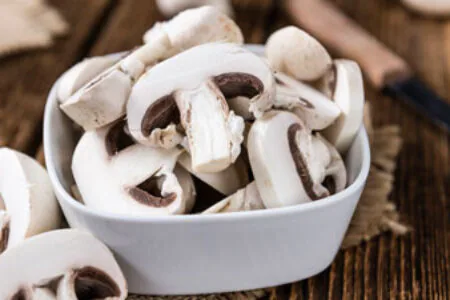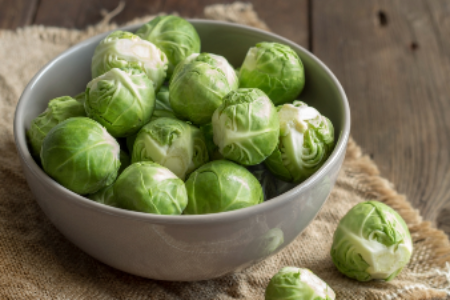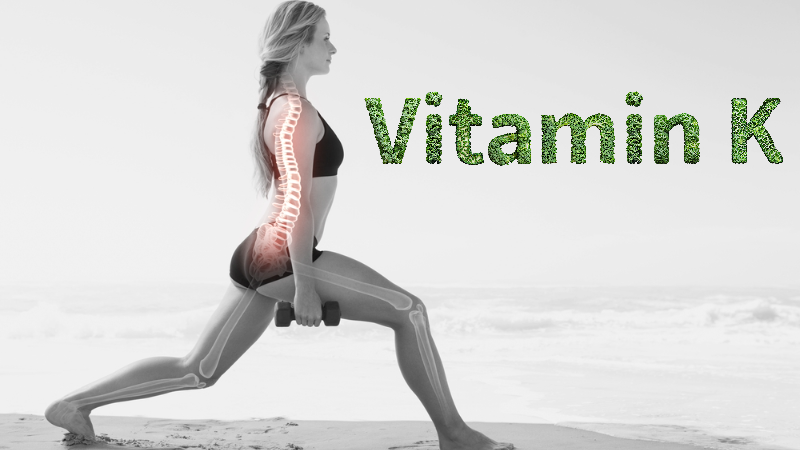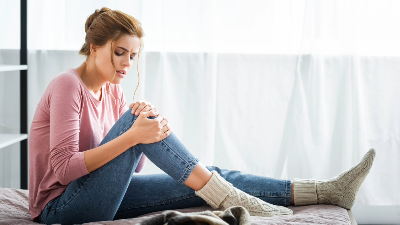 Our bones have a lot to do with our overall wellbeing. On one hand, healthy bones help us with posture, movement, and recovery from fractures. But on the other hand, weak bones lead to bad posture, pain and stiffness.
Our bones have a lot to do with our overall wellbeing. On one hand, healthy bones help us with posture, movement, and recovery from fractures. But on the other hand, weak bones lead to bad posture, pain and stiffness.
Here’s the important thing we can’t ignore, there is a lot we can do to keep our bones strong and healthy. And it’s never too late to start caring for them because our bones are living tissue and they are always restoring themselves.
Firstly, we need to provide them with the nutrients they need through a well-balanced diet. Hence, understanding what different nutrients do for our bones and identifying their top sources can truly help us make the right choices. It will be clear that dairy is not the solution marketing has made it out to be, nor the means for preventing osteoporosis as we age. Instead, we will gain an appreciation for other foods that up until recently, we may have been ignoring. For example, dark leafy greens, whole grains and beans!
So, what happens when our bones get the minerals they need through a well-balanced diet? Well, they store them, and this storage keeps them strong while also allowing them to provide these nutrients to the rest of our body as needed. Conversely, if our bones don’t get proper nutrition, their mineral supply suffers, resulting in bone density issues as we age.
While nutrition has a key role in supporting our bone health, we also need to exercise regularly. This is the make or break of our bones.
We mentioned above that it’s never too late to care for our bones. Still, the sooner we start, the better. We can help our children grow up strong and we can establish good bone density before aging complications begin.
The skeleton consists of bones and connective tissue: ligaments, cartilage and tendons. You might be surprised to see how much our bones do for us! They don’t just give us our shape, they also protect our organs, produce important blood cells, store minerals for the rest of our body, and help us with movement.
Discover more details about the different functions of our bones and connective tissue by hovering over each pointer below.
Calcium
Vitamin D
Ascorbic Acid or Vitamin C
Vitamin K
Phosphorus
Magnesium
Manganese
Potassium

White Beans
Rich in calcium, magnesium, manganese, potassium & phosphorus.

Sweet Potato
Rich in vitamin C, manganese & potassium.

Kiwi
Rich in vitamins C and K, and potassium.

Spinach
Rich in vitamins C and K, magnesium, manganese & potassium.

Chia Seeds
Rich in calcium, magnesium, manganese & phosphorus.

Oats
Rich in magnesium, manganese, phosphorus & potassium.

Soybeans
Rich in vitamin K, calcium, magnesium, manganese, phosphorus & potassium.

Kale
Rich in vitamins C and K, and calcium.

Collard Greens
Rich in vitamin K, vitamin C, calcium and manganese.

White Mushrooms
Rich in phosphorus and potassium.

Almonds
Rich in calcium, magnesium, manganese, phosphorus and potassium.

Brussels Sprouts
Rich in vitamin K, vitamin C, manganese and potassium.
















